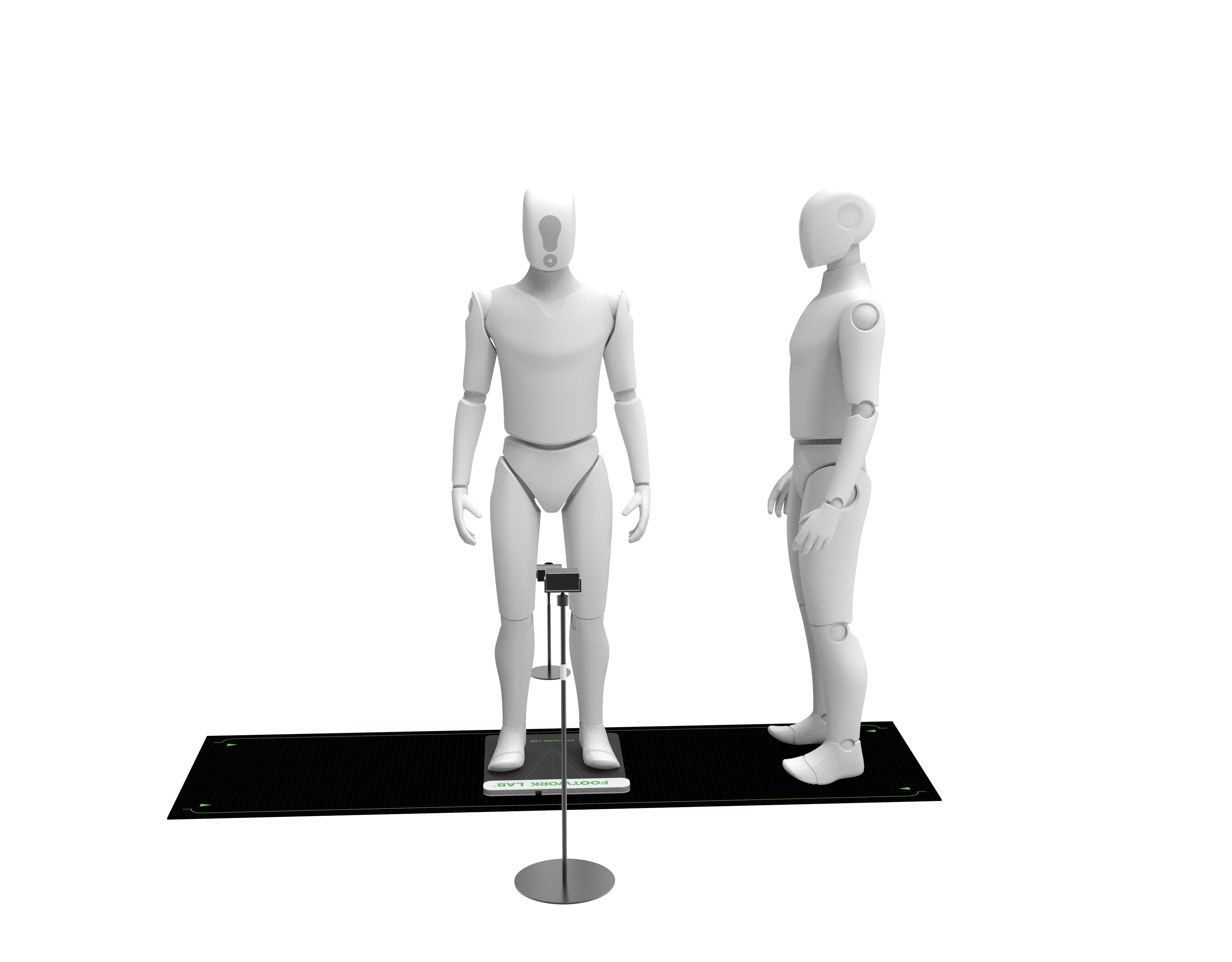A treadmill gait scanning device is an integrated system that combines a treadmill with advanced sensors and imaging technology to analyze an individual’s walking or running pattern in a controlled environment. This device captures real-time data on gait mechanics as the user moves, providing detailed insights into movement dynamics that are critical for clinical assessment, sports performance analysis, and rehabilitation. The core components of a treadmill gait scanning device typically include pressure sensors embedded in the treadmill belt to measure plantar pressure distribution, motion capture cameras to track joint movements, and force plates to record ground reaction forces. This multi-modal data collection allows for a comprehensive evaluation of gait parameters such as stride length, cadence, foot strike angle, and the timing of muscle activation. In clinical settings, treadmill gait scanning devices are used to diagnose gait abnormalities associated with conditions like cerebral palsy, multiple sclerosis, or musculoskeletal injuries. By analyzing how gait patterns change at different speeds, clinicians can identify subtle deficits that may not be apparent during overground walking. For example, a patient with knee osteoarthritis may exhibit a shorter stance phase on the affected leg when running, which a treadmill scan can quantify to guide treatment. In sports medicine, these devices help athletes optimize their running technique to reduce injury risk and improve performance. Coaches and trainers can use data from treadmill gait scans to adjust an athlete’s stride frequency, foot strike pattern, or posture, based on evidence of excessive impact forces or uneven load distribution. This personalized approach can enhance efficiency and reduce the likelihood of overuse injuries such as shin splints or plantar fasciitis. Treadmill gait scanning devices also offer advantages for research, allowing scientists to study gait mechanics under standardized conditions. The ability to control speed, incline, and surface texture enables consistent data collection, facilitating comparisons between individuals or across different populations. Additionally, some devices include virtual reality integration, creating immersive environments that simulate real-world walking scenarios, such as uneven terrain, to assess adaptability and balance. The software accompanying these devices generates detailed reports with visualizations like pressure maps, joint angle graphs, and gait cycle timelines, making complex data accessible to clinicians, researchers, and athletes. This combination of technology and usability has established treadmill gait scanning devices as essential tools in biomechanics, sports science, and rehabilitation.
